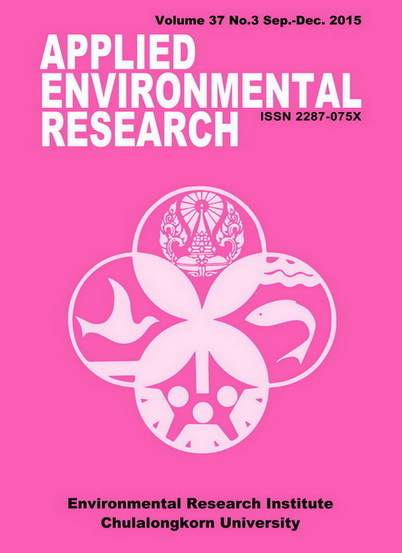Suitable Low Income Flood Resilient Housing
Main Article Content
Abstract
Climate change is a critical issue for all of humanity. It is predicted that Thailand is likely to have an increasing frequency and intensity of rainfall and storms which, will result in a more severe flash flood problem. Slum residents in Chiang Mai are one of the groups of people who are vulnerable to flooding impacts of climate change. The objective of this study is to analyze the flood-resilient housing style of low-income people. Data from 3 slums (146 households) which encounter different kinds of floods every year, i.e. drainage floods (Ban Sanku: 21 households), river floods (Kampang Ngam: 64 households) and flash floods (Samunkee Pattana: 61 households), were collected. The study found that flood frequency, duration, depth and flow velocity caused damage to the houses, but only flood frequency, duration, and flow velocity were factors affecting the housing structure. If considering only damage to slums which frequently face shallow water depth, slow flow velocity and short duration, all 8 low-income housing styles (A-H) can be built. The high platform house with open space under the house is appropriate for slums located in flooding area where high-level, slow flow velocity floods occur frequently but for a short duration. It may be a permanent, semi-permanent or temporary structure (D-F). For the other slums facing high flood levels with high flow velocities for a short duration, all permanent housing styles are appropriate. If the objective is not only damage prevention but also living during a flood, permanent high platform houses with open spaces under the houses are recommended for all slums.
Article Details

This work is licensed under a Creative Commons Attribution-NonCommercial 4.0 International License.
Published articles are under the copyright of the Applied Environmental Research effective when the article is accepted for publication thus granting Applied Environmental Research all rights for the work so that both parties may be protected from the consequences of unauthorized use. Partially or totally publication of an article elsewhere is possible only after the consent from the editors.

